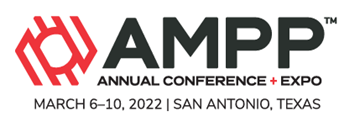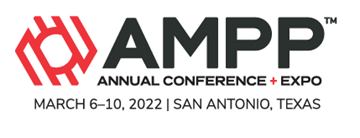Search
Products tagged with 'ampp conference papers'
View as
Sort by
Display
per page
"Mold And Mildew Investigation and Testing of Navy Interior Coatings"
Product Number:
51323-18804-SG
Publication Date:
2023
$20.00
“Dollars & Cents - You Make The Choice: A Look At Elastomer Polyurethane Versus Epoxy Laminate Lining Systems For The Linings Of Water Or Wastewater Structures”
Product Number:
51322-18202-SG
Publication Date:
2022
$20.00
15.5-Year Inspection Reveals the Effectiveness of a Single-Coat Epoxy
Product Number:
51322-17996-SG
Publication Date:
2022
$20.00
50 mV As a Screening Criteria for Shorted Casings – Case Study
Product Number:
51323-18899-SG
Publication Date:
2023
$20.00
A Case Study On Microbiologically Influenced Corrosion In Oil Producing Well Flowlines
Product Number:
51322-17924-SG
Publication Date:
2022
$20.00
A Case Study-Caustic Gouging Of Boiler Tubes
Product Number:
51322-17780-SG
Publication Date:
2022
$20.00
A Comparative Assessment of Environmental Severity Monitoring Techniques
Product Number:
51323-18887-SG
Publication Date:
2023
$20.00
A Comparative Study on Coating Performance of Inorganic Zinc Primer System and Inorganic Copolymer System by Long-Term Durability Test Including High Temperature Exposure at 540℃
Product Number:
51323-18820-SG
Publication Date:
2023
$20.00
A comparison among different electrochemical hydrogen charging methods tested on low alloy steels
Product Number:
51323-18866-SG
Publication Date:
2023
$20.00
A Comprehensive Empirical Evaluation of Probabilistic Corrosion Growth Rate Models
Product Number:
51323-18883-SG
Publication Date:
2023
$20.00
A decision support tool for best coating selection during trenchless pipe installation
Product Number:
51323-18849-SG
Publication Date:
2023
$20.00
A Further Look At The Impacts Of Corrosion Inhibitor On Scale Prevention
Product Number:
51322-17676-SG
Publication Date:
2022
$20.00












